Kitchen renovations are a big deal for homeowners. Picking the right cabinet materials is key. It affects your budget and how happy you'll be with your choice.

Medium density fiberboard, or MDF, is a favorite in modern kitchens. It's made from engineered wood and has benefits that solid wood can't. It's cost-effective and versatile, perfect for those watching their budget.
This guide will help you decide if MDF cabinets are right for you. We'll look at durability, upkeep, and how they look compared to other materials. Knowing these details helps you make a smart choice for your kitchen. It ensures your renovation will meet your needs now and in the future.
What Are MDF Cabinets and How Are They Made
MDF cabinets are made from wood fibers that are pressed together under heat and pressure. This method creates panels that are dense and even. It's a way to make cabinets that look and feel the same every time.
Understanding how MDF cabinets are made helps people choose the right cabinets for their kitchens. It's all about knowing what you're getting.
MDF is a big step forward in cabinet making. It's better than solid wood because it's more consistent. This means MDF cabinets look and last longer.
Understanding Medium Density Fiberboard Construction
MDF construction starts with wood scraps that are broken down into fine fibers. These fibers are all the same size, making the MDF even and strong.
MDF is denser than some other materials but not as hard as wood. This makes it perfect for cabinets. It doesn't have the weak spots that wood can have.
Here are some key things about MDF:
- It's the same density all the way through
- It has a smooth surface that paint sticks to well
- It doesn't have knots or grain patterns
- It stays the same size indoors
- It's easy to shape for detailed designs
Manufacturing Process and Materials Used
Fiberboard manufacturing is a detailed process. It starts with wood chips that are heated and broken down. Then, they're mixed with resin and wax to hold them together.
The steps include:
- Wood fiber preparation through steam heating and mechanical breakdown
- Resin and wax application to bind the fibers together
- Mat formation where fibers are distributed evenly
- Hot pressing under temperatures reaching 400°F and pressures up to 1,000 PSI
- Cooling and conditioning to achieve final moisture content
To make cabinets, they use special materials. Urea-formaldehyde or phenol-formaldehyde resins are used to stick the fibers together. Paraffin wax helps with moisture and makes it easier to work with. Some also add melamine for extra hardness.
The hot pressing stage is very important. It makes the MDF strong and smooth. This is why MDF is great for painting.
Quality checks are done at every step. This ensures the MDF is the right thickness and smooth. Modern factories use computers to keep everything just right. This makes MDF a reliable choice for cabinets.
Are MDF Cabinets Good for Kitchen Renovations
Kitchen renovations need careful thought about cabinet materials. MDF cabinets have their pros and cons. Knowing how they handle kitchen conditions is key to a successful renovation.
Kitchens are tough on cabinets due to steam, water, and changing temperatures. MDF can handle these challenges if it's prepared and finished right.
Performance in High-Moisture Environments
MDF cabinets need extra care in kitchens because of moisture. They're made of fibers that absorb humidity more than solid wood. But, the right seal and finish can make them work well in kitchens.
Sealing the edges of MDF cabinets is crucial. Moisture can cause swelling and damage. Experts seal edges to keep moisture out.
Steam from dishwashers and cooking is the biggest test for MDF. Good ventilation and protective finishes help. These finishes make MDF more resistant to moisture.
Suitability for Different Kitchen Styles
MDF cabinets fit many kitchen styles because of their smooth surface. They paint well, making them perfect for both old and new looks. Homeowners can get a professional finish in any style.
Modern kitchens look great with MDF because it's smooth and even. It's easy to add details that fit modern designs. MDF cabinets work well in any style.
Classic kitchens also suit MDF. It takes moldings and panels well. MDF's flexibility means you can add fancy details without the cost of solid wood.
MDF cabinets are also great for changing colors. You can paint them any color, matching your decor or trying something new. This makes MDF a smart choice for those on a budget.
Key Advantages of MDF Cabinet Doors and Frames
MDF cabinet doors and frames offer more than just a low price. They bring together performance traits that are perfect for kitchens. This makes MDF a top choice for both homes and businesses.
Superior Surface Preparation
MDF has a smooth surface ideal for painting. It doesn't have the natural grain patterns that can show through paint. This means painters can get flawless finishes that look like they were done in a factory.
Because MDF is dense and consistent, you don't need to spend a lot of time getting it ready for paint. You can just apply primer and paint right on it. This saves time and money, and makes sure all your cabinets look the same.
Painters love working with MDF because it takes paint well. Its smooth surface means no brush marks and a finish that looks great. This really makes your kitchen look better.
Economic Benefits and Value
MDF cabinets are 20-40% cheaper than solid wood ones but still look great. This makes them a smart choice for people who want to save money but still have style. You can use the money you save to upgrade other parts of your kitchen.
MDF is also cheaper because it's made in big batches with little waste. This means you get a good price without giving up on quality.
Buying MDF also saves you money in the long run. It's consistent, so you don't have to worry about problems during installation. This saves time and money for both you and your contractor.
Uniform Manufacturing Standards
MDF is known for its quality consistency. Every piece is the same, which makes it easier to work with than natural wood. This means no surprises during installation.
Because MDF is made the same way every time, all your cabinet doors will match perfectly. This is a big plus for big kitchens, where you need everything to look the same.
MDF also machines well, so you get clean edges and detailed profiles. It doesn't chip or tear out, so your finished cabinets will look professional.
| Feature | MDF Cabinets | Solid Wood Cabinets | Plywood Cabinets |
|---|---|---|---|
| Surface Smoothness | Perfectly smooth, no grain | Natural grain visible | Slight grain texture |
| Paint Application | Excellent, uniform finish | Grain may show through | Good with proper prep |
| Cost Range | $75-150 per linear foot | $150-300 per linear foot | $100-200 per linear foot |
| Consistency | Identical across all pieces | Natural variations present | Moderate consistency |
Disadvantages and Limitations of MDF Cabinets
MDF cabinets are popular but have some downsides. These MDF limitations don't mean they're not good for cabinets. But knowing these issues helps homeowners make better choices for their kitchens.
Homeowners should think about both the good and bad points of each material. The right choice depends on your kitchen's needs and how you use it.
"The biggest mistake homeowners make is choosing cabinet materials without considering their kitchen's unique challenges and their own maintenance preferences."
Water Exposure and Swelling Problems
MDF cabinets have a big problem with water and humidity. Moisture damage can make them swell, warp, or even fall apart. Unlike solid wood, damaged MDF usually needs to be replaced entirely.
Kitchens are always dealing with moisture. Steam from cooking, dishwashers, and sink splashes are constant risks. MDF cabinets near these areas are more likely to get damaged by water.
It's important to prevent moisture damage since fixing it is hard. Sealing and regular care help, but MDF is still sensitive to moisture.
Heavy Material and Support Requirements
MDF is very dense, making it heavy. This cabinet weight makes installation and design tricky. Wall-mounted units need extra support to handle the weight safely.
Installing MDF cabinets is harder because of their weight. Professionals might need extra help or special tools. This can make the job take longer and cost more.
The weight also limits design options. Some walls can't support heavy MDF cabinets without extra support. Homeowners might have to change their plans to fit the structure.
Difficult Restoration and Touch-Up Work
MDF has special repair challenges compared to wood cabinets. It doesn't sand as easily as wood, making repairs harder. Damage often means replacing the whole panel, not just fixing it.
Scratches, dents, and chips are big problems for MDF. Unlike wood, MDF can't be sanded and refinished many times. Deep scratches can go through the surface, showing the fiberboard underneath.
For serious damage, you'll need a professional. DIY fixes usually don't work well because of MDF's unique needs.
Durability and Longevity of MDF Kitchen Cabinets
Knowing how long MDF kitchen cabinets last is key for homeowners. These engineered wood products are reliable if made well. The quality of MDF and how it's finished matters a lot.
Getting them installed right and keeping them in good conditions helps a lot. High-quality MDF cabinets can handle daily kitchen use well. They're a smart choice for those looking for value that lasts.
Expected Lifespan Under Normal Use
Good MDF kitchen cabinets usually last 15 to 20 years. This is if they're installed right, kept up, and not exposed to too much moisture or temperature changes. With the right care, they can last even longer.
The life of MDF cabinets depends on how much they're used. Busy kitchens might see more wear than less-used ones. But MDF's solid build keeps it strong, unlike some particle board.
Top-notch MDF cabinets with better edge banding and finishes last longer. These premium options have moisture-resistant cores and special sealing. This makes them last a lot longer.
Factors That Affect MDF Cabinet Durability
Several things affect how long MDF cabinets last in your kitchen. Moisture exposure is the biggest risk. So, sealing and ventilation are crucial for them to last.
How well they're made also matters a lot. The density of the MDF core and how well it's sealed impact durability. Higher-density MDF holds screws better and resists sagging.
The kitchen's environment also plays a big role. Keeping temperatures and humidity steady helps prevent damage. Good ventilation stops moisture buildup that harms MDF.
Choosing the right hardware and installing it well also matters. Quality hinges and drawer slides spread weight evenly. Regular upkeep, like fixing any damage quickly, keeps moisture out of the MDF core.
Cost Analysis: MDF vs Solid Wood vs Plywood Cabinets
The cost of cabinets goes beyond the price you pay upfront. It also includes the cost of upkeep and replacement. When choosing cabinets, it's important to consider these factors. This helps you make a choice that fits your budget and schedule.
Each material has its own benefits and prices. MDF is the most affordable option. Solid wood is the pricier choice. Plywood falls in the middle.

Initial Purchase Price Comparison
The cost of cabinets at first glance shows big differences. MDF cabinets cost between $100-300 per linear foot. They are the cheapest option for homeowners.
Solid wood costs more, from $200-600 per linear foot. The price depends on the type of wood and craftsmanship. Cherry or maple are the most expensive, while oak and birch are less costly.
Plywood cabinets are a good middle choice, costing $150-400 per linear foot. They are better at handling moisture than MDF but cheaper than solid wood. This makes them a popular choice for kitchen updates.
| Cabinet Material | Price Range (Per Linear Foot) | Installation Complexity | Best Use Case |
|---|---|---|---|
| MDF | $100-300 | Moderate (heavier weight) | Budget-conscious renovations |
| Plywood | $150-400 | Standard | Balanced performance needs |
| Solid Wood | $200-600 | Standard to complex | Premium, long-term investment |
| Installation Labor | $50-150 | Varies by material | Professional recommended |
Long-Term Value and Replacement Costs
Long-term costs can surprise homeowners who only look at the initial price. MDF cabinets might need to be replaced sooner, which is true for kitchens and bathrooms.
Solid wood cabinets can last 20-50 years with the right care. They are a good choice for those who plan to stay in their home long-term. Quality hardwood cabinets can also increase your home's resale value.
Plywood cabinets are durable and last 15-25 years with regular maintenance. They are better at handling moisture than MDF but cost less than solid wood.
Installation costs vary based on the material's weight and complexity. MDF is heavier and might need extra support, adding $200-500 to the total cost. Getting professional installation ensures they are mounted correctly and avoids future issues.
Maintenance Requirements for MDF Cabinets
MDF cabinets need special care to keep them looking good and working well. Unlike solid wood, they require specific cabinet maintenance to protect their engineered wood structure. Knowing how to care for them helps homeowners get the most out of their investment and avoid damage.
Keeping MDF cabinets in top shape involves daily habits and managing moisture. By doing so, you can avoid expensive repairs and make your cabinets last longer.
Daily Cleaning and Care Instructions
For MDF cabinets, the right cleaning instructions involve gentle methods that preserve the finish. Begin with a slightly damp microfiber cloth to wipe away dirt and grease. Then, use a dry cloth to remove any remaining moisture.
Here are some common mistakes to avoid when cleaning MDF cabinets:
- Using too much water or wet cloths
- Using harsh chemicals or abrasive cleaners
- Scrubbing with rough sponges or steel wool
- Letting cleaning solutions sit on the surface
For tough stains, use a mild dish soap solution. Apply it sparingly and work in small sections. Dry each area completely before moving on to the next. This method helps prevent water from getting into the MDF core.
Deep cleaning once a week should include checking cabinet hardware and applying a gentle polish. Use cleaners made for painted surfaces to keep the finish looking good.
Preventing Moisture Damage and Warping
To protect MDF cabinets from moisture, focus on high-risk areas. These are near sinks, dishwashers, and cooking surfaces where humidity changes often.
Key steps to prevent moisture damage include:
- Installing good kitchen ventilation
- Fixing plumbing leaks right away
- Keeping indoor humidity levels steady
- Checking that cabinet edges are sealed
Regularly check cabinet edges for signs of moisture. Look for swelling, discoloration, or finish bubbling around sinks and appliances. Catching these signs early helps prevent major damage.
Temperature control is also important to prevent warping. Keep cabinets away from heat sources like ovens and radiators. Avoid sudden temperature changes that can cause MDF to expand and contract.
When the finish wears off, touch up the paint to protect the MDF. Use matching paint for quick repairs. Good cabinet care means having the right paint on hand for touch-ups.
Best Applications for MDF Cabinet Installation
MDF cabinets work best in certain rooms and conditions. Knowing these helps homeowners choose wisely. It's about picking the right space for MDF's strengths and avoiding its weaknesses.
Planning for cabinet installation is key. MDF does well in dry places. So, picking the right room is important for good results.
Ideal Room Types and Environmental Conditions
Bedrooms are great for MDF cabinets. They stay dry and don't change temperature much. Built-in closets and storage do well here.
Living rooms and offices are also good. They stay cool and dry, perfect for MDF. Entertainment centers and office storage do well here too.
Kitchens can work with MDF if planned right. Upper cabinets are best since they don't get wet. Places away from water are best for MDF.
Basements need special care. They need to be dry and well-ventilated. But, damp basements are not good for MDF.
When to Choose MDF Over Other Materials
MDF is great for saving money. It's perfect for places you might not keep long. Rental homes and temporary setups are good for MDF.
MDF is better for painting. It takes paint well and looks smooth. You can paint it any color you want.
MDF looks the same everywhere. It's great for big rooms or commercial spaces. It makes everything look the same.
MDF is better for detailed designs. It doesn't split or tear when you cut it. It's perfect for fancy designs.
MDF is smart for temporary homes. It's cheap at first. You can always change it later when you have a real home.
MDF Cabinet Alternatives and Material Comparisons
Exploring different cabinet materials helps homeowners make better choices. Each option has its own benefits that fit various needs. The right choice depends on budget, durability, and the environment.
Today, you can choose from solid wood, engineered materials, and synthetic options. These vary in cost, performance, and look. Comparing them to MDF helps find the best fit for your project.

Solid Wood Cabinet Benefits and Drawbacks
Solid wood cabinets are the top choice for kitchens. Popular types include oak, maple, cherry, and hickory. They offer exceptional durability and can last decades with care.
They have great refinishing potential and timeless beauty. You can sand and restain them many times. This means you can update their look without replacing them.
But, solid wood cabinets are pricey, often costing twice as much as MDF. They can also expand and contract with humidity changes. This can cause doors and drawers to stick or have gaps.
Keeping solid wood cabinets in good shape requires regular care. They need conditioning and protection from moisture. Extreme temperature changes can cause warping or cracking.
Plywood and Particle Board Options
Plywood is a good middle ground between MDF and solid wood. It's made of thin wood layers bonded with adhesive. This makes it strong and resistant to moisture. Plywood costs more than MDF but less than solid wood.
Plywood's layered structure holds screws better than MDF. It's great for heavy use and areas with lots of door and drawer opening. Plywood boxes also resist sagging better than MDF.
Particle board is the cheapest cabinet option. It's made from wood particles and resin binders. While affordable, it's not as durable as other materials and doesn't handle moisture well.
Particle board's main benefit is its low cost. It's good for projects on a tight budget. But, it swells when wet and can't be refinished like solid wood or plywood.
Thermofoil and Laminate Alternatives
Thermofoil cabinets have MDF cores wrapped in vinyl film. This process creates smooth surfaces that resist moisture better than painted MDF. The vinyl makes cleaning easy and eliminates painting needs.
Thermofoil offers consistent color and texture without brush marks or grain patterns. It resists stains and can be cleaned with household cleaners. It's perfect for modern kitchens that prefer a clean look.
But, thermofoil cabinets can be damaged by heat and may peel over time. High temperatures can cause the vinyl to bubble or separate from the substrate. Once damaged, thermofoil can't be easily fixed or refinished.
Laminate is another durable option for cabinet surfaces. High-pressure laminate resists scratches, stains, and moisture. It comes in realistic wood-grain patterns that look like natural materials.
Laminate's benefits include consistent quality, easy maintenance, and many design options. It doesn't fade and looks good longer than painted finishes. Laminate cabinets are less expensive than solid wood but more durable than basic MDF.
When choosing cabinet alternatives, think about your project's needs. Plywood or laminate is best for areas with a lot of moisture. Solid wood is better for formal spaces. Budget-friendly options like MDF or particle board work well for secondary areas.
Installation Considerations and Professional Tips
Installing MDF cabinets is different from other materials. They need special care for weight, moisture, and fastening. Knowing these tips helps your cabinets last a long time.
MDF cabinets are heavier, so they need strong wall anchors. They also must be sealed well to avoid moisture damage.
Professional vs DIY Installation Requirements
Getting a pro to install MDF cabinets is a good idea. They know how to handle the weight and seal it right. They also have the right tools for a perfect job.
Pros can spot and fix structural problems early. They make sure walls are strong and use the right screws. Their expertise is key for tricky installations.
If you're handy, you can install MDF cabinets yourself. Just make sure you know the right techniques and follow the manufacturer's advice. For tricky parts, it's wise to get a pro's opinion.
For DIY, you'll need a good drill, level, stud finder, and safety gear. Use pilot holes to avoid splitting and seal edges to keep out moisture.
Hardware Selection and Mounting Specifications
Choosing the right hardware is crucial for MDF cabinets. Regular screws might not hold well. Use fasteners made for engineered materials for better grip.
Mounting needs to match MDF's density. Use the right screw lengths and patterns for strong hold. Hinges must be strong to handle the extra weight.
Drawer slides must be heavy-duty and well-supported. Quality hardware makes your cabinets last longer and work better.
Use reinforcement blocks to spread the weight evenly. This prevents screws from pulling out or the material from breaking. Properly sized and spaced blocks keep your cabinets stable for years.
Conclusion
Your choice of MDF cabinets should match your needs and budget. These cabinets work best in places where moisture is low. They are great for those who want smooth finishes without spending too much.
Think about MDF for your kitchen if you're on a tight budget. It's perfect for painted cabinets because it's smooth and consistent. This makes it ideal for modern and transitional kitchen styles.
Choosing the right cabinet material is key. MDF is good for dry spaces but not for humid areas. Places like bathrooms and basements might need different materials to last longer.
Knowing the strengths of each material helps your project. MDF cabinets are durable and paint well. They don't crack easily, making them a reliable choice.
For those watching their budget, MDF cabinets are a smart pick. You can save money and spend it on other things like hardware or countertops. Getting them installed by a pro ensures they're done right.
The right choice depends on what you need. MDF cabinets are a good fit for many homes. With the right care, they can last a long time in the right conditions.
FAQ
What exactly are MDF cabinets made from?
MDF cabinets are made from Medium Density Fiberboard. This is an engineered wood product. It's made by breaking down wood into fibers, mixing them with wax and resin, and then pressing them together under high heat and pressure.
This process creates a dense, smooth material. It doesn't have the natural grain patterns found in solid wood.
Are MDF cabinets suitable for kitchen renovations?
MDF cabinets can work well for kitchen renovations. But, they need proper sealing and finishing. They also need to be in a well-ventilated area with good moisture control.
They're best for upper cabinets, away from water splashes. Base cabinets near sinks might not be as good.
How much do MDF cabinets cost compared to solid wood?
MDF cabinets are 20-40% cheaper than solid wood. Quality MDF installations cost between $100-300 per foot. Solid wood cabinets can cost $200-600 per foot.
This makes MDF a good choice for those on a budget.
What are the main advantages of choosing MDF cabinet doors?
MDF cabinet doors have a smooth surface. This is great for painting. They're also cheaper than solid wood and have consistent quality.
They're easy to work with for decorative designs. This makes them a popular choice.
What are the biggest disadvantages of MDF cabinets?
The biggest downsides are their sensitivity to moisture. This can cause them to swell and warp. They're also heavier, needing extra support.
Fixing them can be hard because they don't sand and refinish like solid wood. Water damage often means replacing parts.
How long do MDF kitchen cabinets typically last?
Quality MDF cabinets can last 15-20 years with proper care. But, their lifespan depends on how well they're made, the environment, and how they're maintained.
How should I maintain my MDF cabinets?
Clean them daily with a damp cloth. Then, dry them with a clean, dry cloth. Avoid using too much water or harsh cleaners.
Check the edges often and keep the kitchen well-ventilated. This helps prevent moisture damage.
Can MDF cabinets handle moisture in bathrooms and kitchens?
MDF cabinets can't handle a lot of moisture. They can swell, warp, or get damaged. They need good sealing and finishes to work in wet places.
They're not the best choice for areas with lots of water.
When should I choose MDF cabinets over solid wood or plywood?
Pick MDF cabinets if you're watching your budget. They're good for painted finishes and consistent looks. They're also great for temporary setups.
They're best for dry places and when you plan to add decorative designs.
Are MDF cabinets heavier than other cabinet materials?
Yes, MDF cabinets are heavier. This is because they're denser. They might need extra support during installation.
This can make it harder to install wall-mounted cabinets.
Can I install MDF cabinets myself or do I need a professional?
DIY experts might be able to install MDF cabinets. But, it's often better to hire a pro. They know how to handle the weight and moisture sealing.
Professionals can make sure your cabinets last longer and work better.
How do MDF cabinets compare to thermofoil and laminate options?
Thermofoil cabinets have MDF cores covered in vinyl. They're good for moisture resistance and easy cleaning. But, the vinyl can peel over time.
Laminate cabinets are more durable and water-resistant. They come in many designs. MDF is better for painting and is cheaper at first.
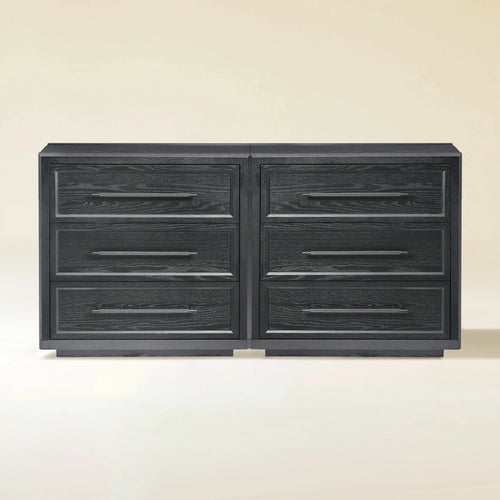

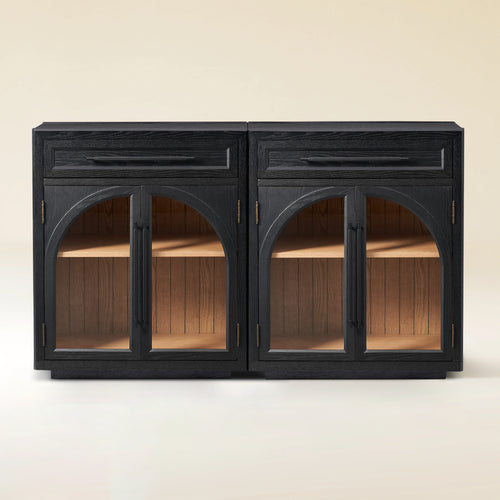
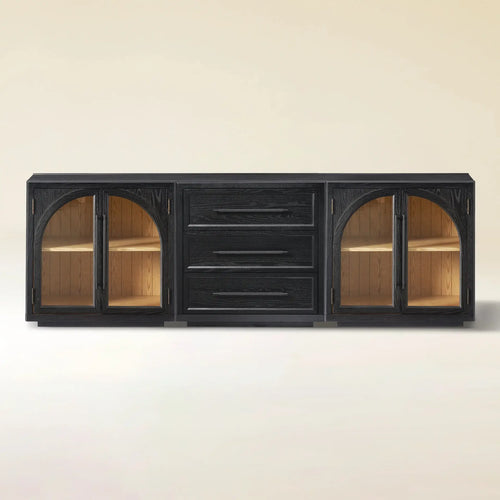
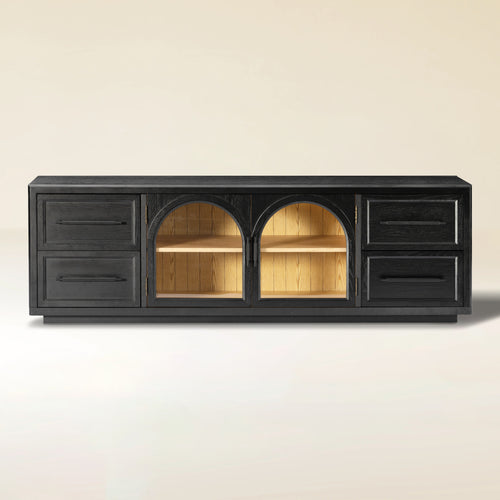
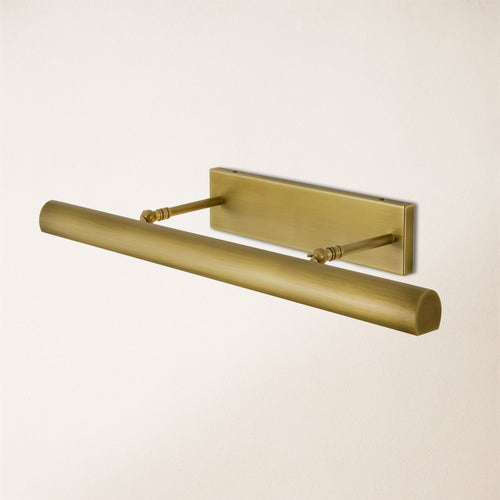



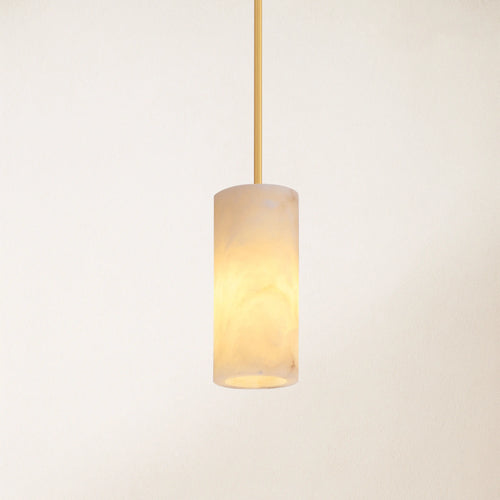
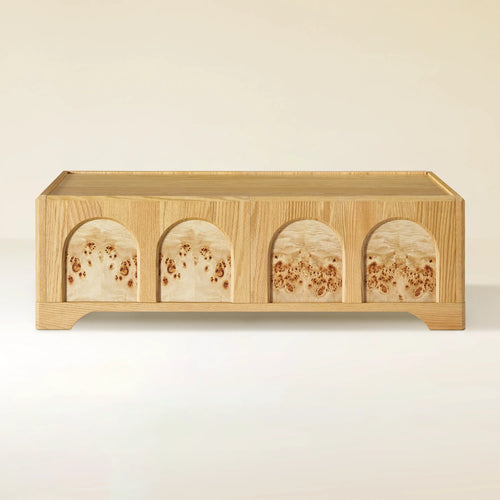
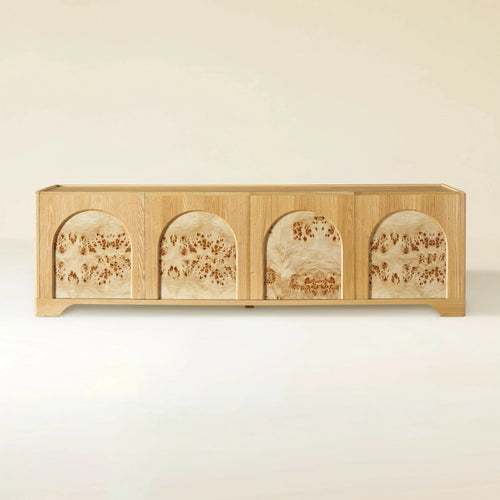
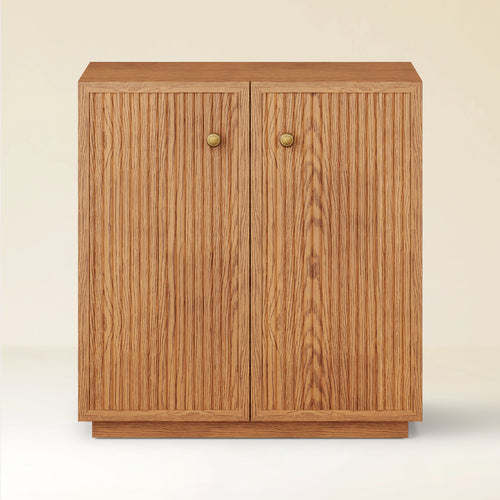

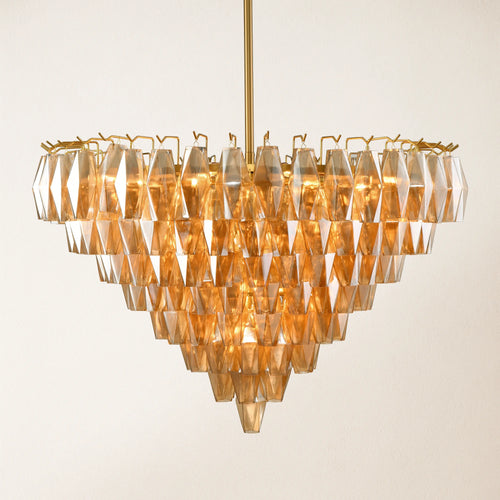

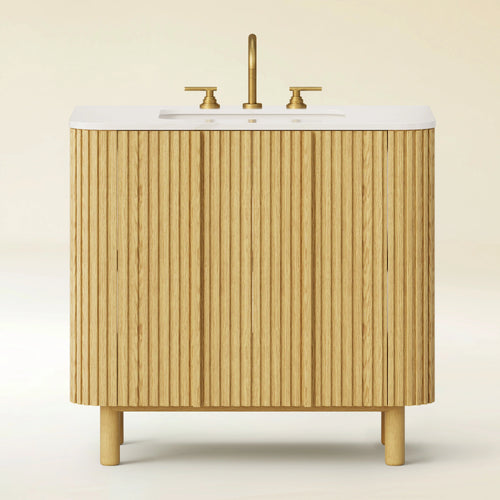

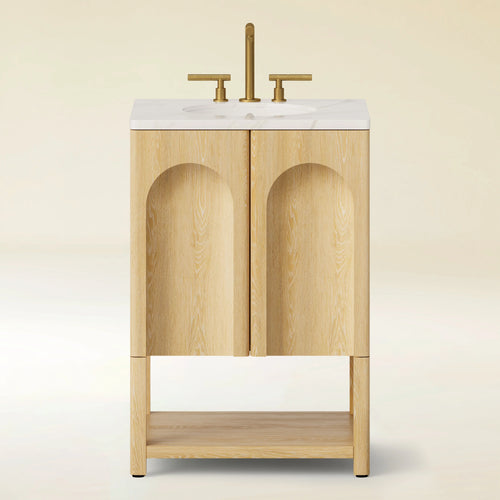
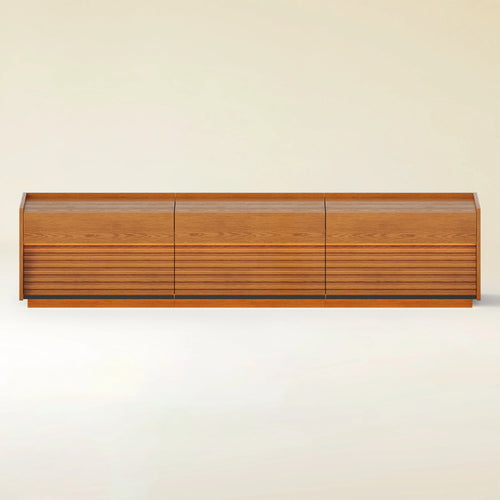
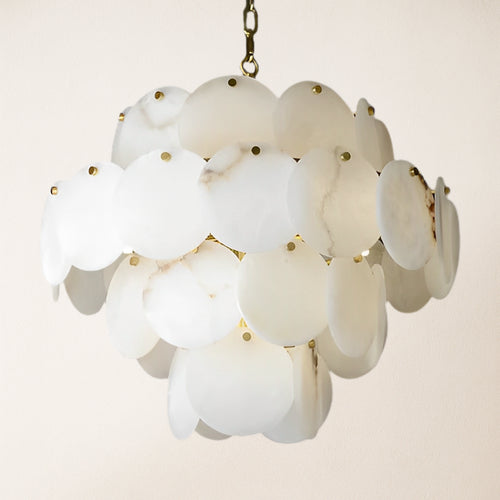
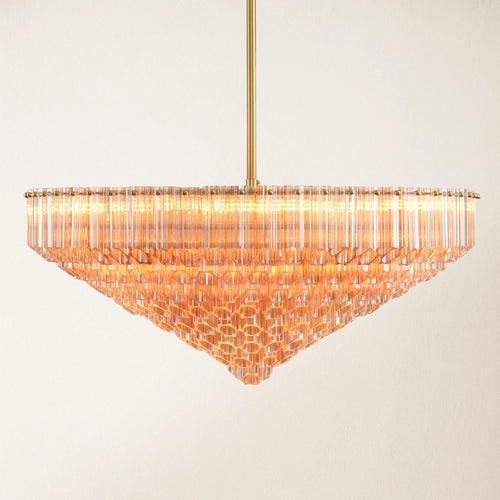
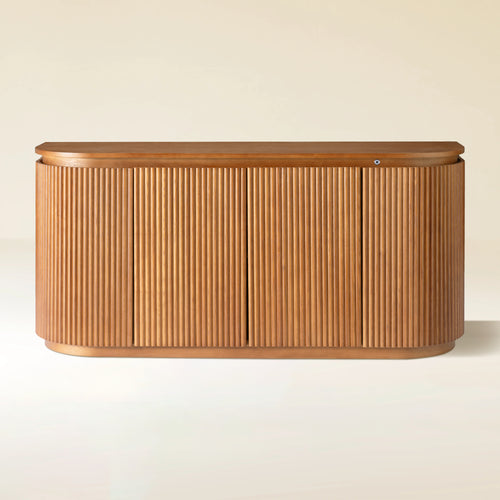
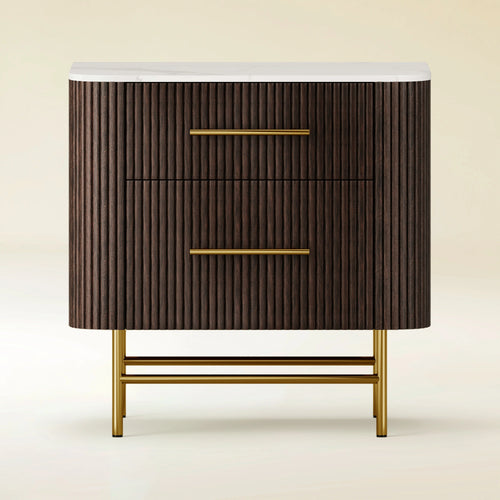
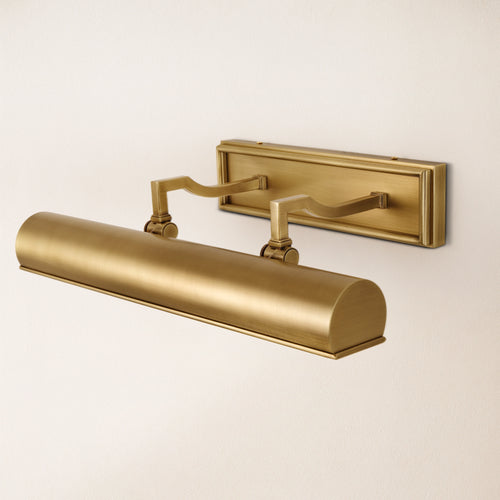
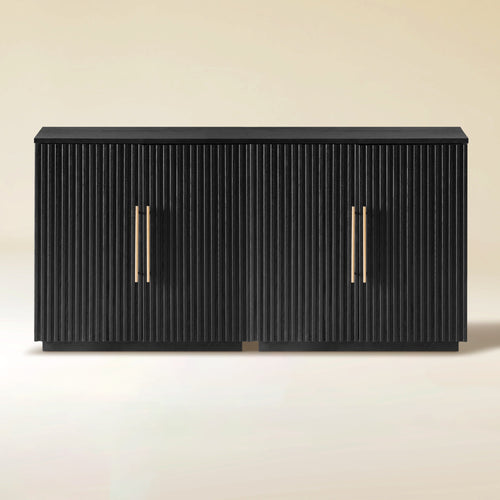
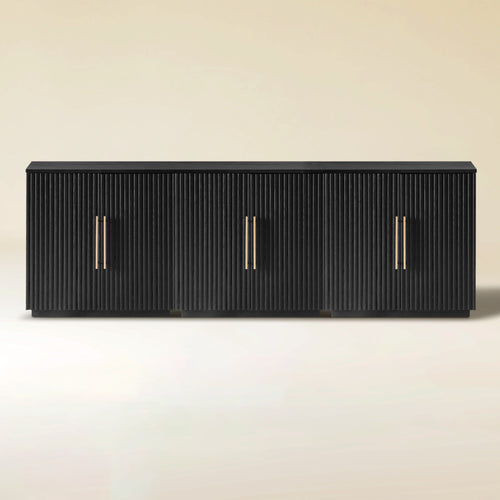
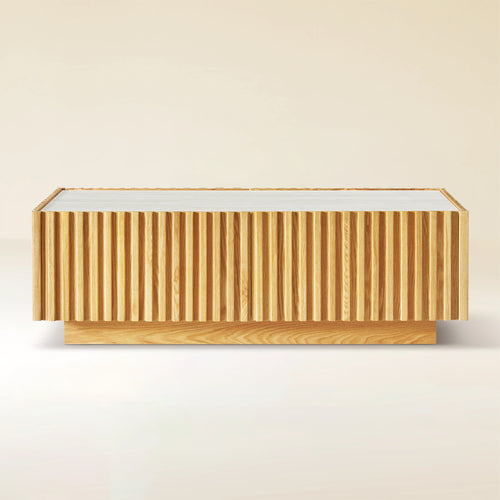
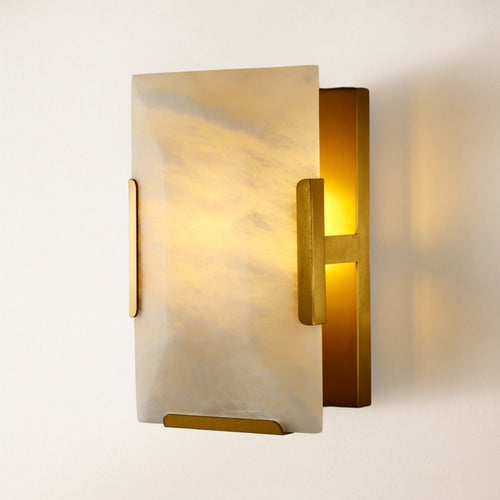
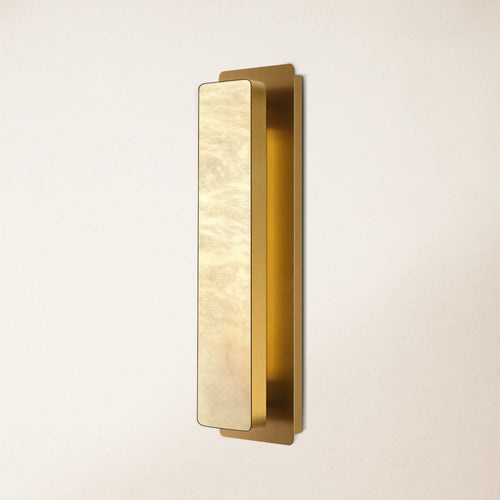
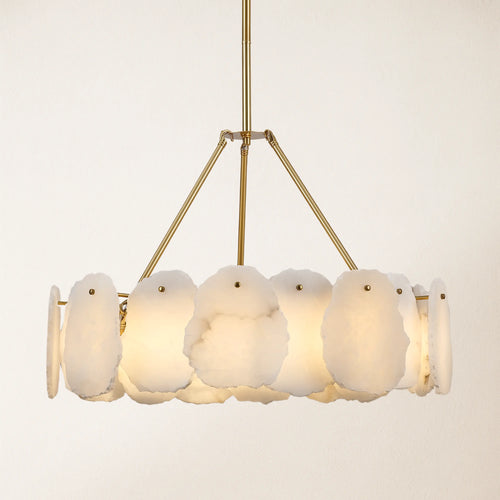
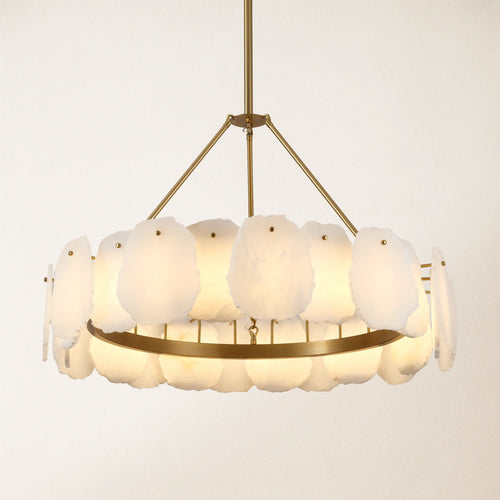
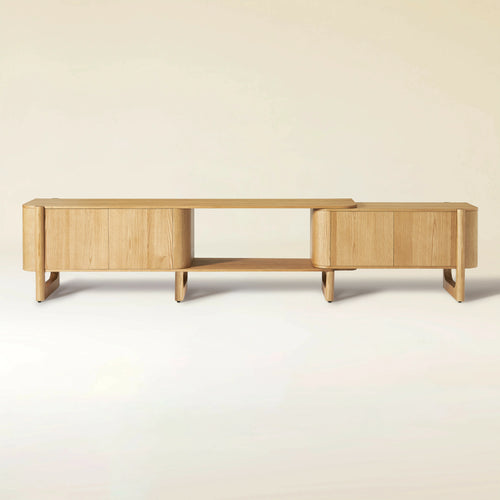
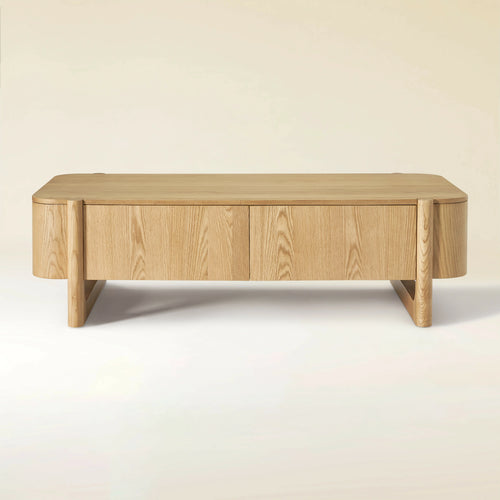
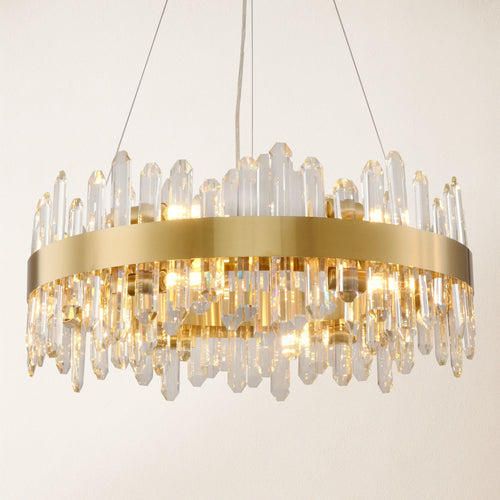
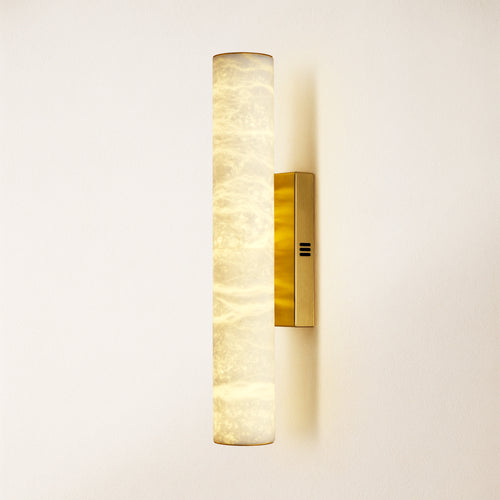
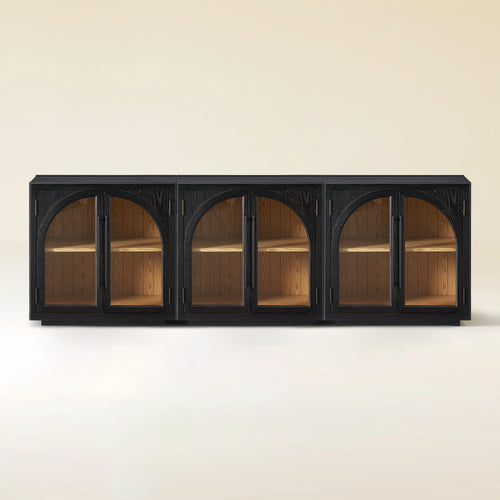
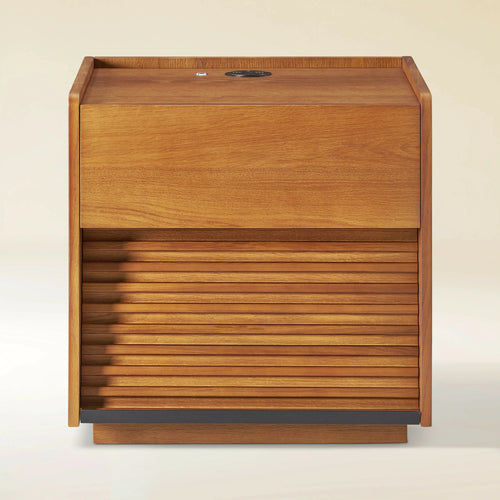
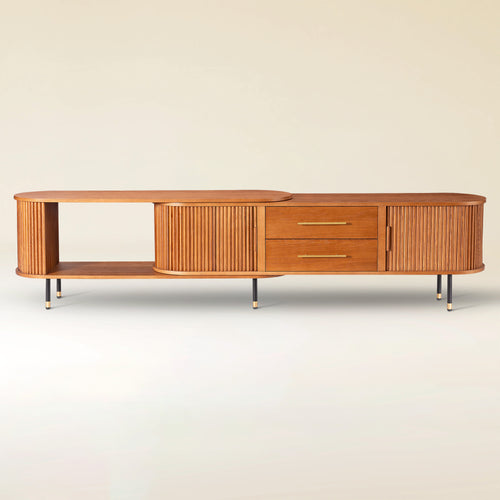

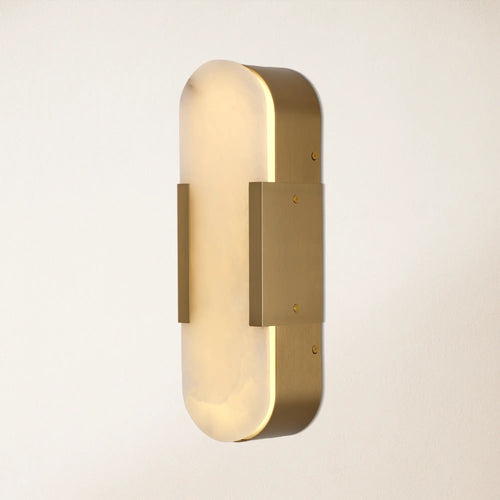
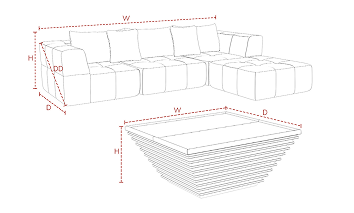
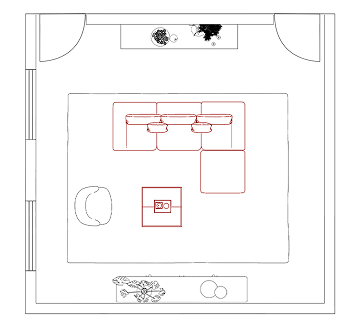
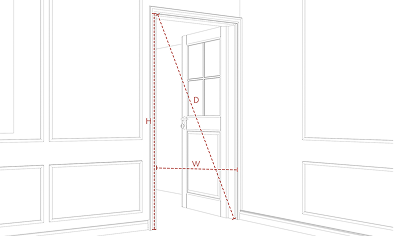
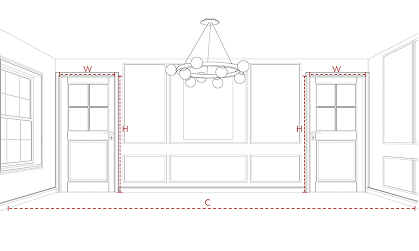
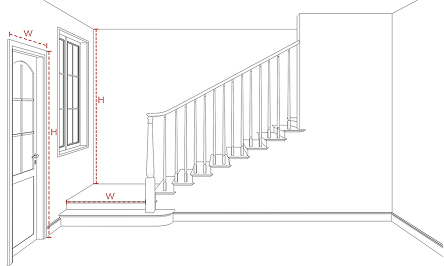
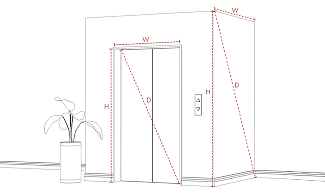
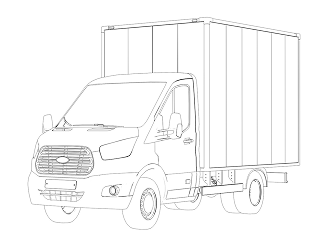












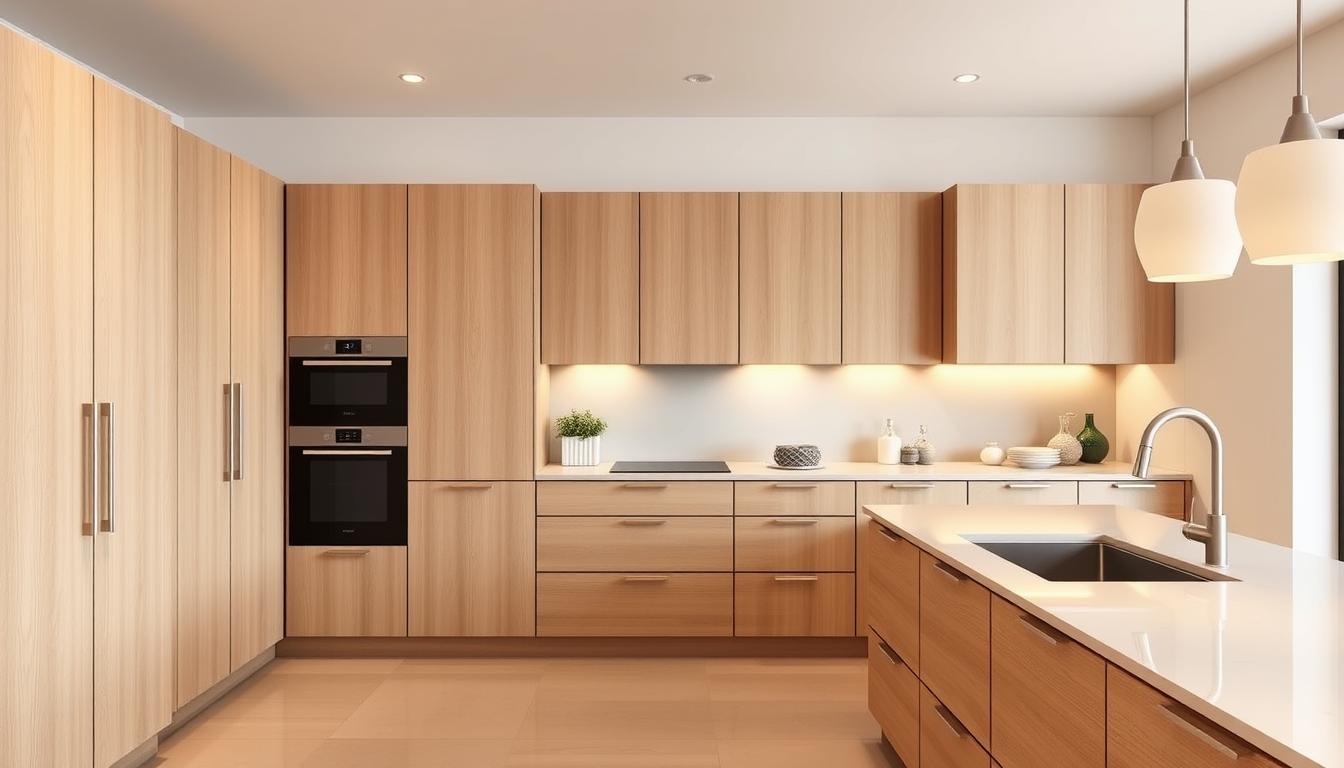
Share:
How to Choose Chandelier Size?
Does Flooring Go Under Cabinets?